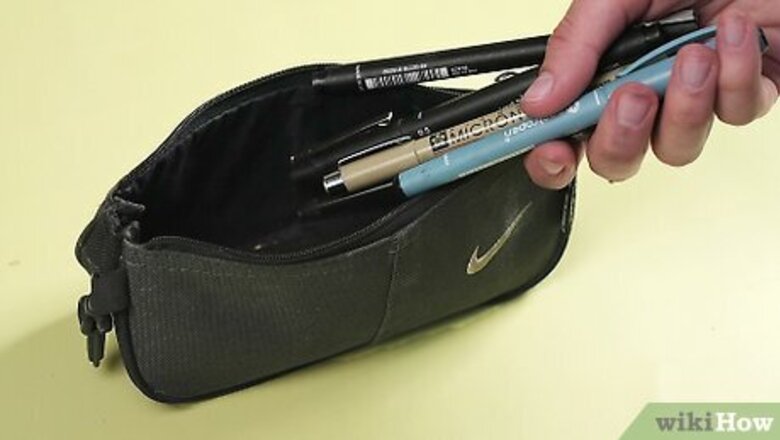
views
Removing Debris
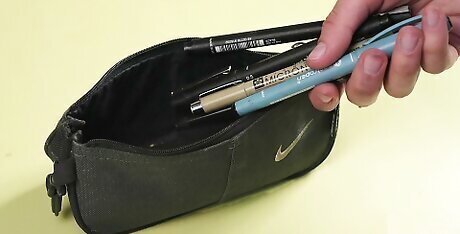
Empty the case or pouch. Take out the materials and set them aside. Before you deep clean the pencil case, you should remove the pencil shavings and graphite dust.
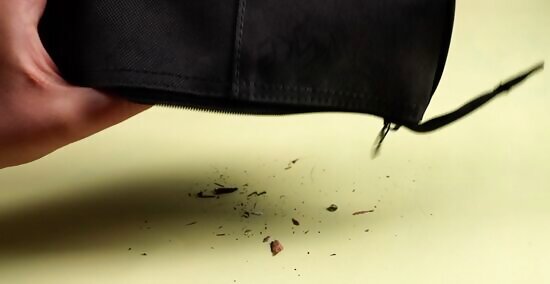
Shake or brush out the case. Loose wood trimmings, eraser remnants, and graphite dust will float out. Do this near a trash can to keep this mess from spreading. For whatever’s left behind, you can use a small, soft brush to knock it loose. For a material that might get scratched, like a plastic case, use a smooth rag or baby toothbrush.
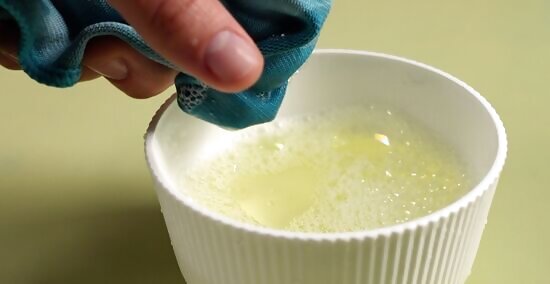
Spot clean the case. If you clean out the case often, chances are you won’t need to do anything further than take care of small marks. Dip one end of a cleaning cloth in warm water and possibly a small amount of detergent, then rub over the marks. To remove stubborn marks and ink stains from plastic, glossy cases, cover the mark in rubbing alcohol. Let it sit for a few minutes, rinse the case in the warm water, then dry it with the cleaning cloth or by air. Ink stains in fabric cases may be removed by applying rubbing alcohol to the stain with a cotton ball. Rinse the case so that the alcohol is removed. If that doesn’t work, repeat the process with nail polish remover.
Deep Washing a Plastic Pencil Case
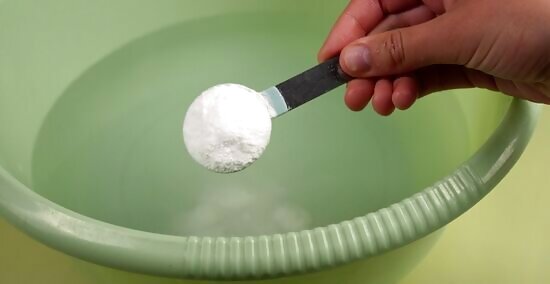
Dissolve baking soda in water. About four tablespoons of baking soda for a quart of water should be more than enough if the only plastic you’re cleaning is the case. You can do this in a bowl or plastic tub in the sink.
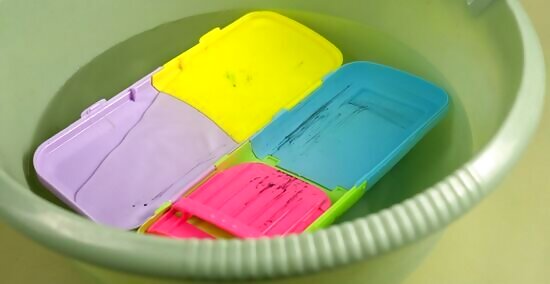
Submerge the case in the water. You can leave the case open inside the water or pour the baking soda water directly into the pouch. The baking soda will remove any smells, so you want to make sure the water gets inside of the case.
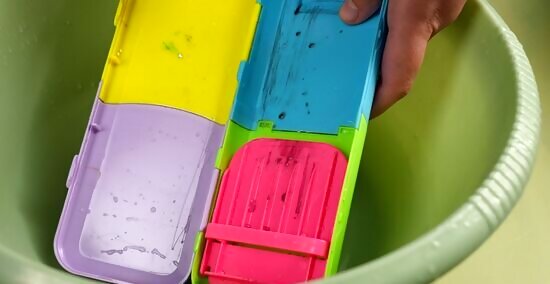
Rinse the case. Use warm water with enough detergent to make the water soapy. Run it under the water to make sure all the baking soda is gone, then drain the water you used.
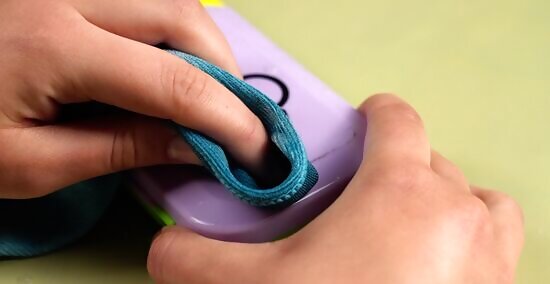
Get a soft cloth. In a clean bowl, add a small amount of detergent to warm water. Dip this cleaning cloth into the water. Use the cloth to scrub out any leftover marks. Be sure to reach into the corners to make sure you’ve removed all of the dust and shavings that will make a bigger stain in the future. Some plastic scratches easily, so make sure your rag is soft. If you can’t reach a part of the case, use a soft brush such as a baby toothbrush.
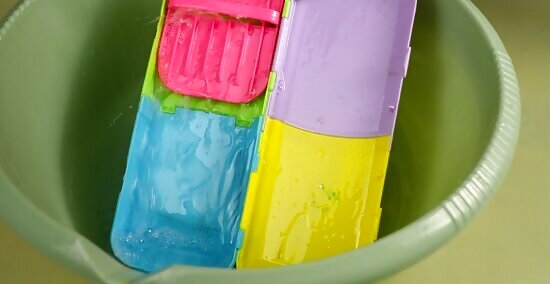
Rinse out the plastic. Put the case under a small stream of warm water. Turn the case over and open it up. Make sure all the soap is gone before you’re done.
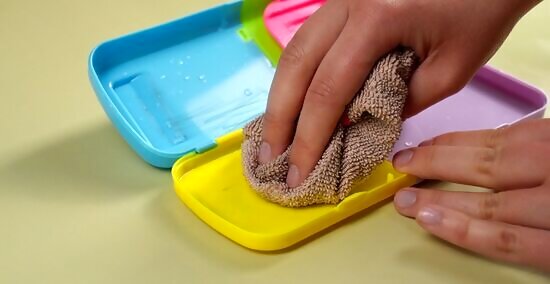
Dry the plastic quickly. Use the dry end of a soft cloth. Get down into all the corners and the outside of the case. Some plastic can develop water spots or mold if left alone, so don’t air dry.
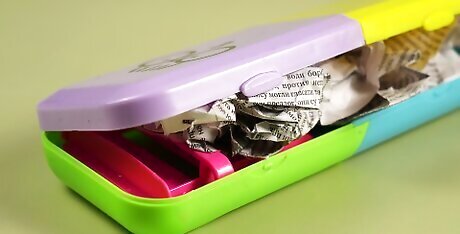
Stuff the case with newspaper. If a bad smell hasn’t gone by this point, crumple up a newspaper, push it into the case, then leave it in an enclosed space such as in a kitchen container. The newspaper has the ability to absorb odors.
Washing a Cloth Pencil Case
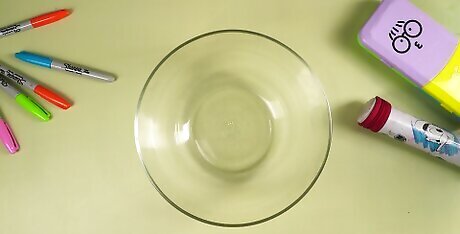
Find a clean bowl. The bowl or container you choose needs to be big enough to hold the pencil case. If it has dirt, leftover food, or anything else that would interfere with the pencil case, clean it out with soap and warm water.
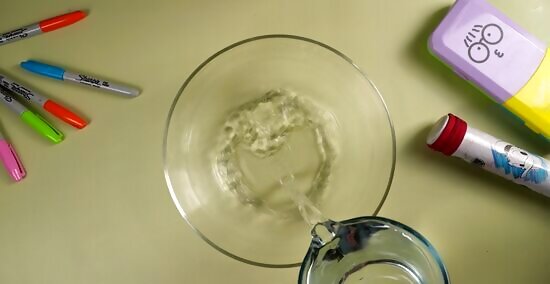
Fill the bowl with warm water. The water should appear clean. Cloth such as nylon, polyester, and cotton can be cleaned this way, but the water should not be hot or else it can wear out the fabric.
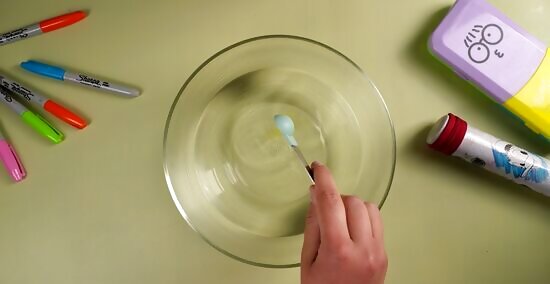
Add detergent. A small amount of laundry or liquid detergent is needed. The label should state that it is suitable for washing clothes. All you need is a small amount to ensure that the water becomes soapy. Mix the soap in with a spoon or other tool until bubbles appear.
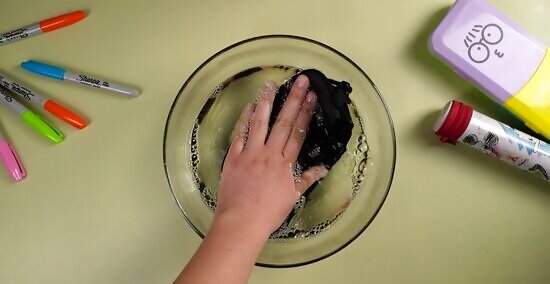
Soak the pencil case. Leaving it for approximately 15 minutes. This should take care of most of the stains and smells. Make sure the soapy water gets all the way through the cloth and gets inside any pouches. Alternatively, dip a soft rag into the water and then use it to scrub away any marks.
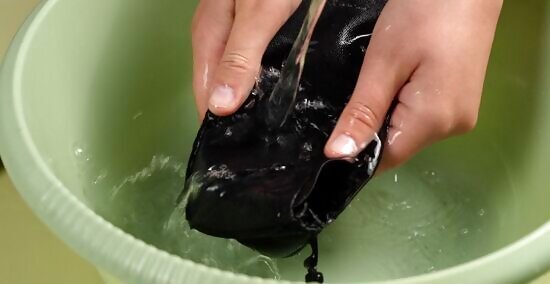
Rinse off the case. Run it under the warm water again. Flip it and open up the pouches so that the water takes out all of the soap.
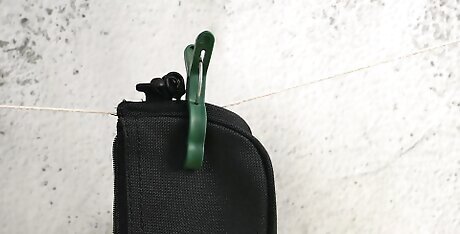
Air dry the case. Find a shady place to hang the case, if possible, or otherwise find a way to hold it up so the water drips off of it. Drying the case out too fast with warmth can wrinkle it or leave fabric bumps. The sun also wears out cloth and fades colors.
Cleaning a Canvas Pencil Case
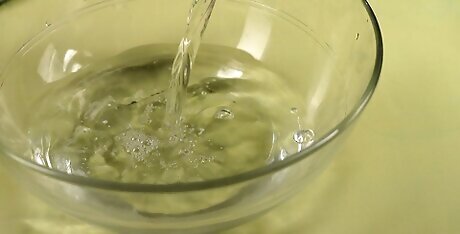
Fill a bowl with cold water. Again, make sure the bowl is clean. You won’t be putting the pencil case in the water, so it doesn’t have to be a large bowl.
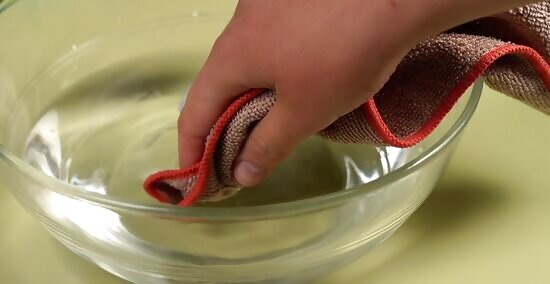
Dip a soft cloth in the water. The cloth should be damp. Wring it out to remove excess water. Putting lots of cold water on canvas causes color bleeding.
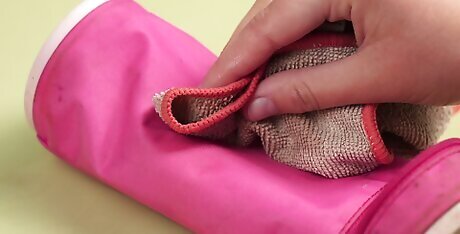
Dab the pencil case. Touch the damp cloth end to the pencil case so that it wets the spot and picks up any dirt and graphite dust. To avoid using too much water, don’t leave the cloth on for long.
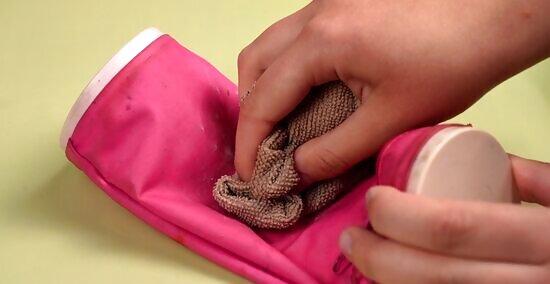
Use a specialized detergent. Find one that is for fine washables. Put a little bit of it on the damp part of the cloth. Rub two ends of the cloth together to create some soap, then blot the areas that need to be cleaned. Another gentle alternative to delicate laundry soap is baby shampoo, if you have any on hand.
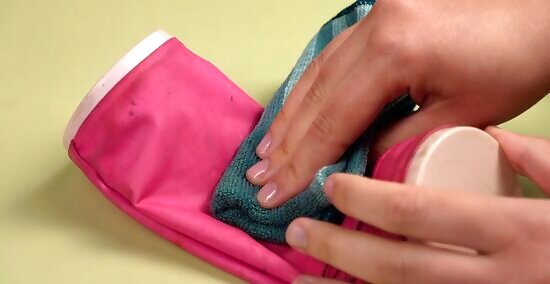
Remove the soap. To do this, take a second damp cloth and dab the soapy areas. You can also rinse out your original cloth and wring it out again for use.
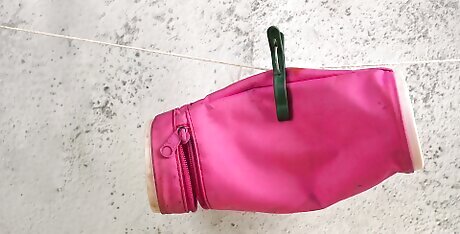
Air dry. Put it in an isolated place away from the sun. Let it sit for at least several hours to ensure that all the water has evaporated. After that, the pencil case is ready for use again. If your case is one that has a certain shape, such as the kind that stands upright, you may wish to protect it by stuffing it with material such as tissue paper or newspaper.
Maintaining a Leather Pencil Case
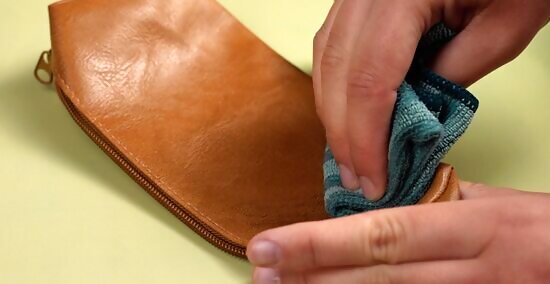
Wipe the case with a clean cloth. This will remove the dirt and graphite that has built up inside of it. It’s better to remove it now so that the grime doesn’t get pushed further into the material.
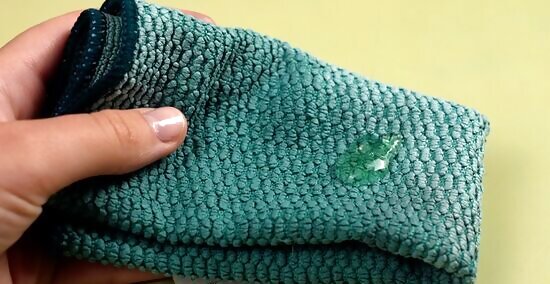
Put a drop of leather cleaner on the cloth. Leather cleaner can be bought in stores. Leather easily absorbs chemicals, so it helps to get one of these cleaners since they won’t cause internal damage to the case. Avoid vinegar and olive oils, as these leave stains and crack the leather. Essential lemon oil or natural baby soap with no color additives are better options.
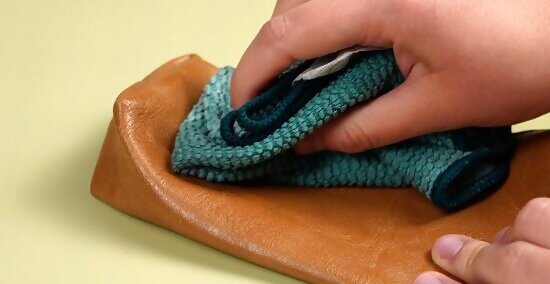
Wipe the leather. Using the cloth with the cleaner, wipe in a circular motion. Spread the cleaner over the entirety of the leather. The circular motion allows you to work in the cleaner and ensure that it covers the whole surface.
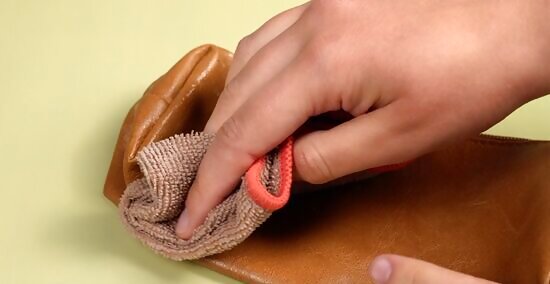
Wipe off excess cleaner. If it looks like you’ve left too much, pick it up with a clean cloth. This helps the leather last longer since it doesn’t absorb more cleaner than it needs. Afterwards, it should look ready for use again.
Renewing a Metal Pencil Case
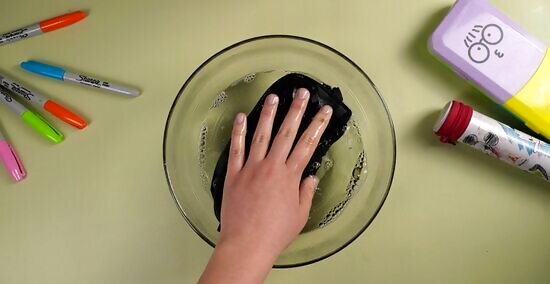
Fill a sink or bowl with hot water and soap. Metal cases are hardier than plastic and fabrics, so you are free to use hot water on them and any dish soap or detergent. Collect the water then add a small amount of the cleaner to make it soapy. Many companies offer metal cleaners, too. You may wish to check a local shop for one of them.
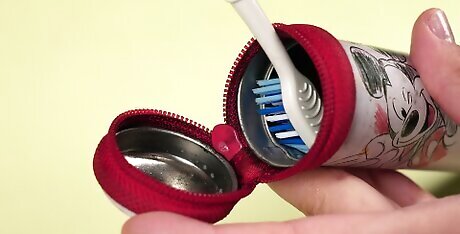
Scrub out the graphite. Because metal cases are stronger, you can use most kitchen brushes or sponges. Using the brush or sponge, push the soap and water up into the corners and scrub any marks. Avoid harsh cleaners such as steel wool, Brillo pads, and abrasive substances. These leave scratches that make future cleaning more difficult. You may still wish to use a gentler cleaning material such as a soft cloth for the sake of reducing wear and being better able to get into the corners.
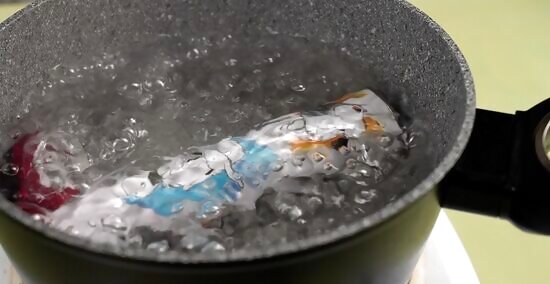
Add some vinegar. Metal exposed to air oxidizes, which causes unpleasant colors at the bottom of your pencil case. Add two tablespoons of vinegar to a quart of water in a pot on the stove. Boil this mixture, then soak the pencil case in for 15 minutes. Repeat as needed.
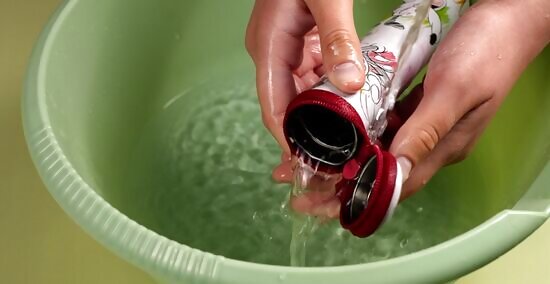
Rinse off the case. Put it back under warm or hot water in order to remove all the soap or vinegar. This removes any possible erosion from those chemicals and prepares the case for drying.
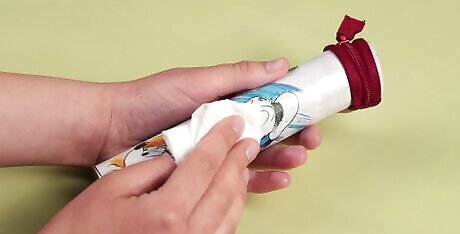
Dry the case. Grab a cloth or a paper towel. Wipe away all the water. At this point, the pencil case should look ready to use again. If stains persist, you may wish to clean with vinegar if you haven’t tried or only did it once.




















Comments
0 comment